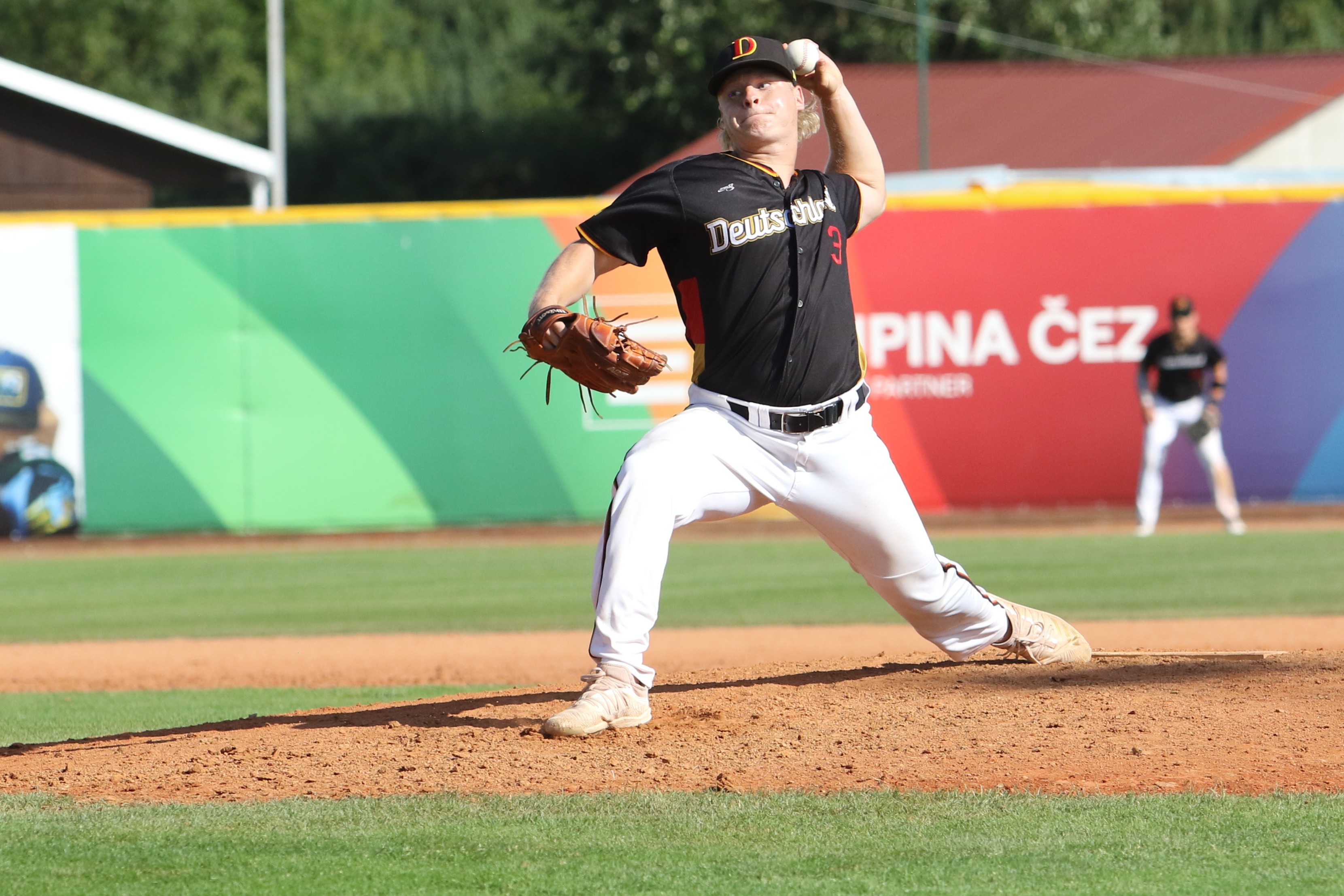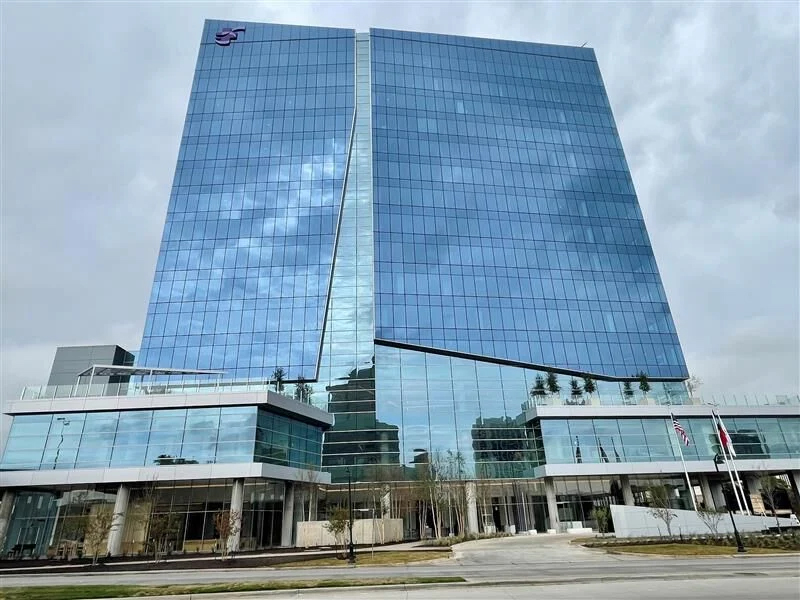Most June beetles do not cause significant turf or plant damage
Published 12:18 pm Thursday, March 30, 2017
Well, it is springtime, and you are working in your garden or flower bed. You turn the soil and what do you see? White grubs. The white grubs are the larvae of the June beetle, or what some call “June bugs.”
Texas has more than 100 species of these beetles. Most of these species do not cause significant economic damage to crops or horticulture. Only a few species commonly damage turfgrass and other horticultural plantings. Most turfgrass-feeding white grubs in Texas require a year to complete their life cycle. Some species require two years to complete their life cycle.
White grubs in lawns and many of those in garden beds are almost always one of two species of scarab beetle known as the June beetle and the masked chafer. Both species can be damaging to turf in late summer, though feeding during the winter and spring is insignificant. The grubs we turn over in the spring garden are essentially in hibernation. These grubs remain in a non-feeding state until May, when they undergo pupation before emerging from the ground as an adult in June and July.
These white grubs do little harm to plants in the spring. The harm comes between July and October after this spring’s June beetles have laid their eggs, and when the next generation of grubs is feeding underground. The late-summer white grubs are the pests because they feed on the roots of our common turfgrasses.
If I apply products in the spring, will I kill the white grubs present in my soil? If you were to apply an early-season insecticide now, its potency would be diminished by the time it’s really needed in July and August. Even if your treatment did kill grubs now, they would be replaced in June when adult June beetles fly in from surrounding lawns and landscapes.
The June beetle-like beetles coming to windows and lights during April and May are not species that attack landscape plants. Adult beetles, commonly referred to as May beetles or June bugs are 1/2 to 5/8 inches long and reddish brown. White grubs are “C”-shaped larvae, up to 1 inch long, with cream-colored bodies and brown head capsules. They have three pairs of legs, one on each of the first three segments behind the head.
The white grubs also feed on the roots of weeds, vegetable transplants and ornamental plants. In agriculture, they are important pests of forage, corn, sorghum and sugar cane. Most severe injury to plants is caused by large (third stage or instar) grubs feeding on roots in the fall and spring. White grubs are frequently encountered while tilling garden soil or by sifting through soil underneath damaged turfgrass. Adults can be abundant around lights in the spring. Adult June beetles can be a nuisance around lights at night in early summer. The adult June beetle is medically harmless.
Some Texas lawns never suffer white grub damage, while others are damaged year after year. To confirm whether you need to treat for grubs, examine several soil sections at least 3 to 4 inches across and 4 inches deep (sample sandy soils to greater depths). A good rule of thumb is to examine several soil plugs (up to 1 square foot per 1,000 square feet of turf) from widely scattered parts of the lawn. Take care to include areas at the edges of suspected grub damage. Finding more than five white grubs per square foot justifies treatment, although some lawns with even higher numbers of grubs may show no damage.







